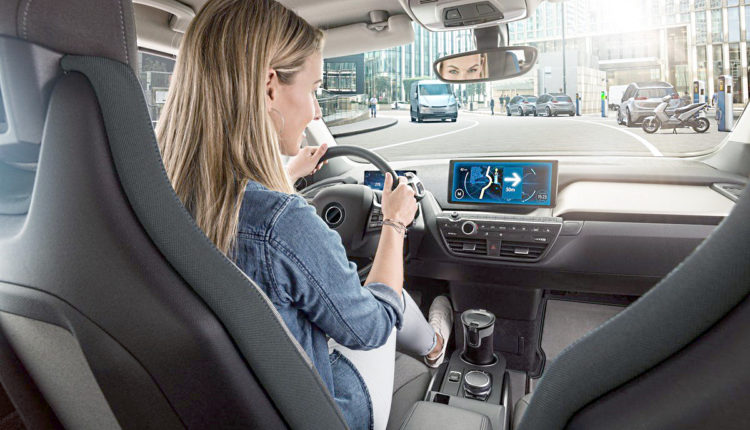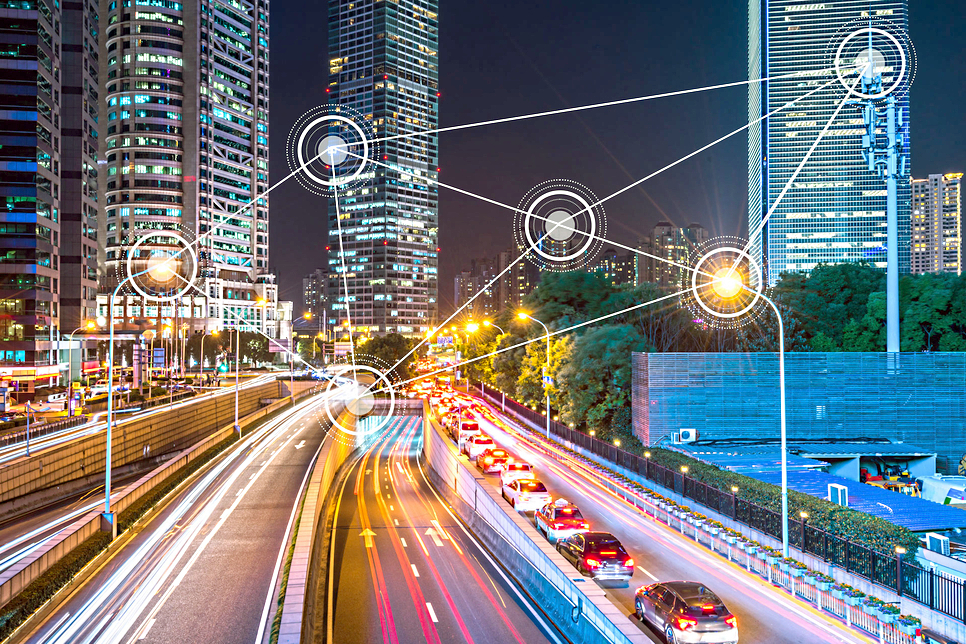This Is How Your Morning Commute Will Look Like in 2030
It’s a sunny Monday morning, and you’re ready to head to work. The vehicle—let’s call it “ACES” (Autonomous, Connected, Electrified, and Shared)—that you ordered Sunday night arrives, so you get in. The first thing ACES does is wish you a happy birthday. Next, it plays “Happy Birthday to You” and shares social media greetings from family and friends through its infotainment centre.
As you are enjoying the messages, ACES starts driving you to your destination while alerting you to upcoming traffic issues. It suggests alternative routes and asks if you want to pick up dry cleaning en route.
While this is happening, ACES quickly scans your health vitals and coordinates with your fitness app. It checks your house in case the TV or other appliances were left on and downloads the audiobook you listened to earlier. ACES suggests you might want to walk the last mile because you missed your exercise target last week.
ACES communicates with local businesses on your personal approved list. You pass the theatre that has a concert your spouse wants to attend. ACES checks both your schedules, ticket prices, and availability, then asks if you want to make the purchase. While ACES executes the transaction, it puts the event on both of your schedules and arranges for a vehicle to transport you to and from the concert.
When you arrive near your destination, ACES drops you off to walk the last mile. It stores new learnings or personal preferences in your mobility profile before wishing you a good day. ACES then sets out to pick up its next scheduled customer, setting up their personalized experience along the way.
Does this all sound a bit far-fetched? In fact, thanks to digital technologies, these and many other vehicle capabilities and mobility services are expected to be readily available by 2030.
Many Predictions About the Automotive Industry in 2030 Support This Vision:
• Every person will own 15 connected devices.¹
• Up to 15 per cent of new cars sold could be fully autonomous by 2030.²
• Software will account for 90 per cent of innovations in the vehicle and lines of code will be a hundredfold what they are today.³
• Car-sharing could make up 26 per cent of global miles travelled.⁴
Technology advancements and consumer expectations are the constant drivers of change over the next 10 years. Sustainability is driving the focus on electric cars, and the need for new skills is causing shortages in the workforce. Personal mobility serves as an even greater influence as the sharing economy grows. At the same time, the influx of outside competition delivers new value and displaces traditional automotive companies.
Regardless of How Quickly the Future Materializes, Two Things Are Certain:
First, digital technologies create entirely new ways to foster seamless touchpoints with consumers. They provide insights that deliver personalized services and integrate the vehicle with various aspects of a person’s life.
Second, consumers expect the digital experiences they get from the vehicle to be as good or better than those they get from their other smart devices.
Dramatic Change: It’s on the Way
• What actions can the industry take to accommodate this change?
• How can an automotive organization evolve to operate and innovate like a high tech company that centres its business around digital and data?
• And how can automotive companies distinguish their brands by developing and conveying an ability to execute faster, more flexibly, and at greater scale than competitors?
To glimpse into the future, the IBM Institute for Business Value (IBV) conducted the Automotive 2030 Consumer Survey with 11,566 consumer respondents, as well as the Automotive 2030 Executive Survey with 1,500 automotive executive respondents.
Fifty per cent of surveyed automotive executives say that to succeed or even survive, they need to reinvent their organizations with digital technologies. And 42 per cent have a high sense of urgency. Even something as sacred as the vehicle brand could lose importance in the mobility-as-a-service world—unless the digital experience earns consumer loyalty.
¹ Heslop, Brent. “By 2030, Each Person Will Own 15 Connected Devices—Here’s What That Means for Your Business and Content.” Martech Advisor. March 4, 2019.
² “Automotive revolution—perspective towards 2030: How the convergence of disruptive technology-driven trends could transform the auto industry.” McKinsey & Company. January 2016.
³ “VW CEO expects software to make up 90 per cent of auto industry innovation.” Reuters. Auto.com. From The Economic Times. March 13, 2019.
⁴ “Shared Mobility on the Road of the Future.” Morgan Stanley. June 15, 2016.
NEXT UP IN NEWS
- Why Automakers Should Not Replace Skilled Auto Manufacturing Workers With AI to Increase Efficiency
- The All-New 2021 Yukon Now on Sale in the Middle East
- ADAS to Automated Driving Digital Summit to Address Recent Advancements in Connectivity, System Engineering and Machine Learning Systems
- Volvo Trucks to Launch Full Range of Electric Trucks in Europe
- Volvo Cars “Ultimate Driving Simulator” Makes New Strides in Safety and Autonomous Driving Technology
- Lamborghini and Master & Dynamic Reveal a Distinctive Collection of Sound Tools





Comments are closed.